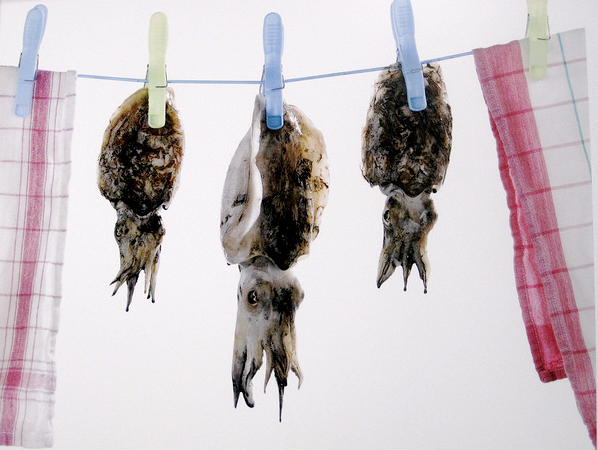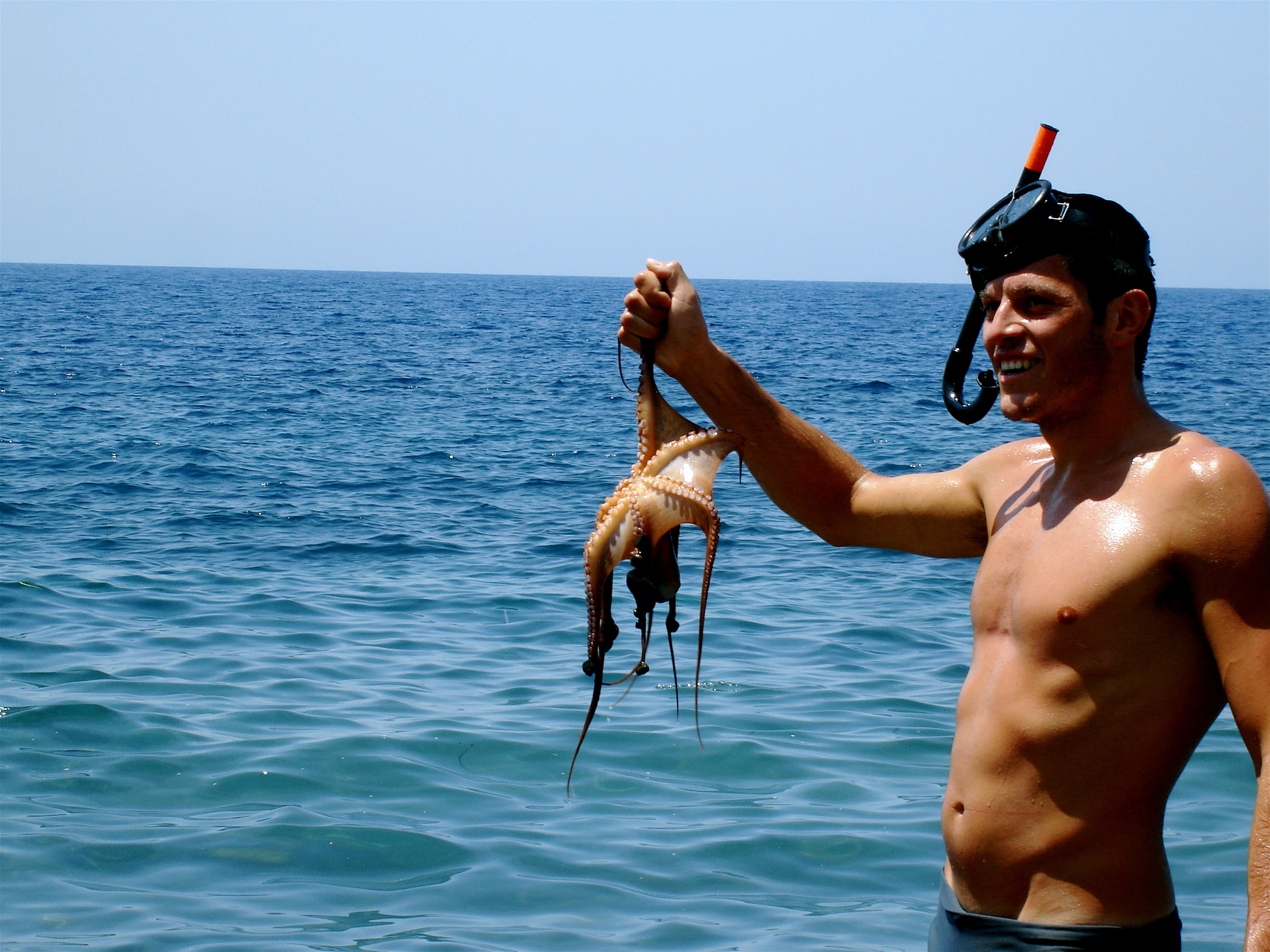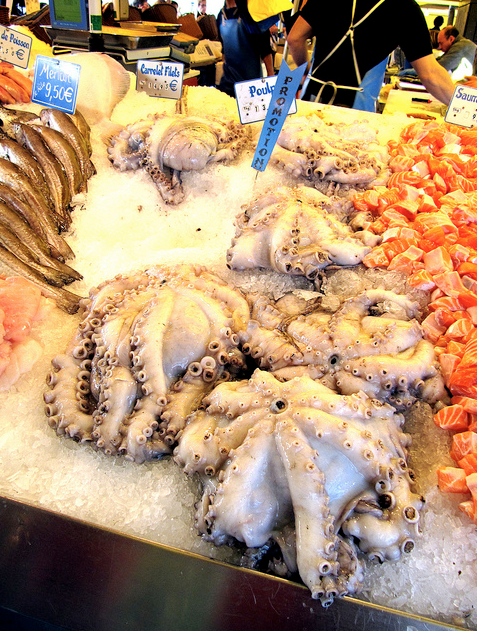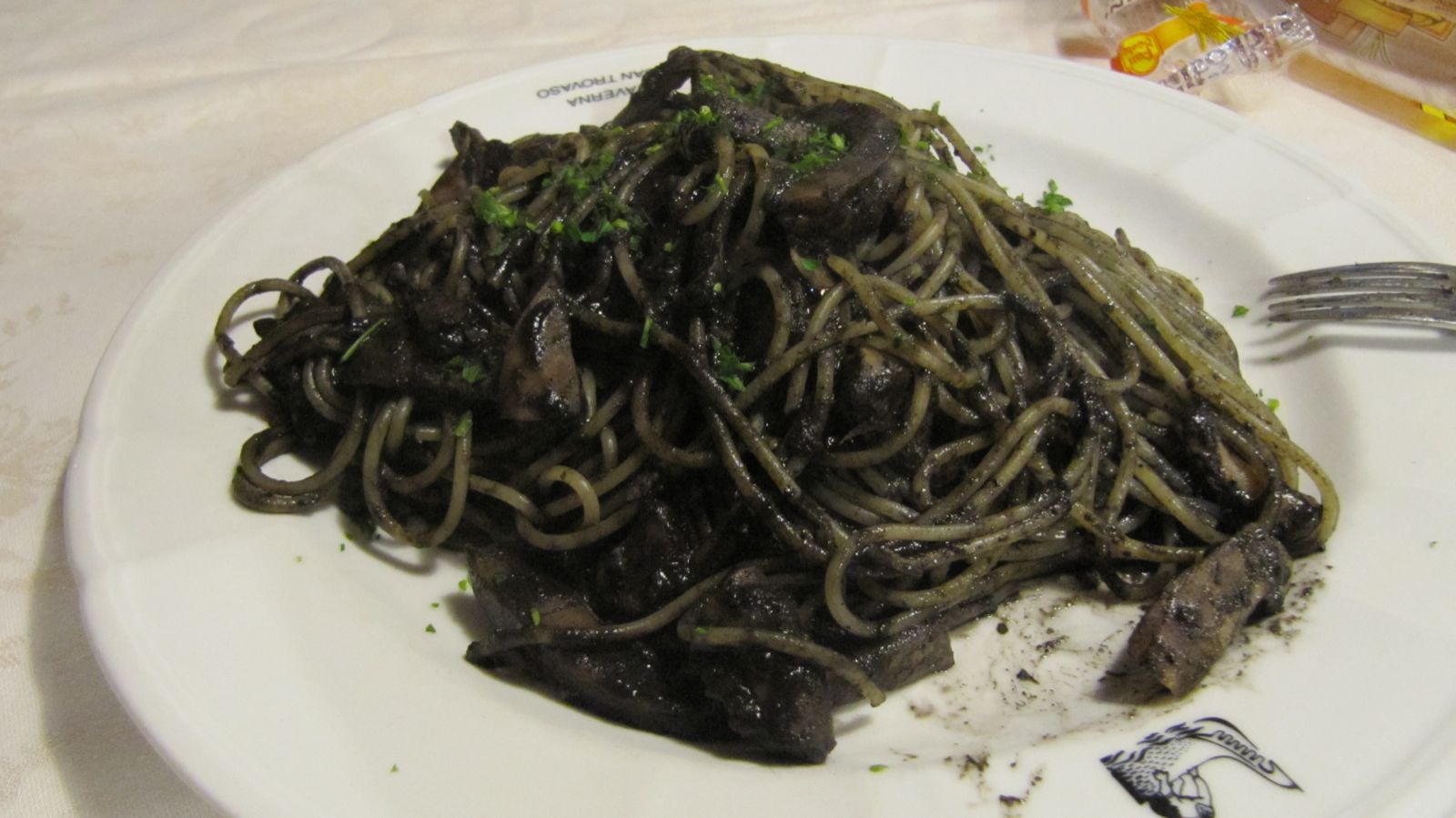I’ve always had a certain fondness for creatures of the deep. This isn’t entirely unexpected, as I grew up by the water and my grammar school had its own private beach. I can still toss marine biological tidbits into normal conversation - about the sex lives of slipper limpets, for example, (they’re hemaphrodites of the “sequential” variety) or how to decipher the gender of a crab. Heck, I summer-camped on a historic schooner, my favorite beany baby was “Inky” the octopus, and even my college application essay began with the phrase “I love tunafish”. But at a certain point, my affection for all the fishies-in-the-sea became a hierarchy, in which the cephalopod was king.

Squid, octopus, cuttlefish and their ilk make up the class “cephalopoda”. They are perhaps some of the most “alien” underwater creatures known to man – inspiring everything from childhood curiosity to intense fear (Note to self: do not watch late-night Discovery Channel features on the legend of giant squid.) So odd are they in form and fashion that, for most, nothing about them inspires hunger. That is, until you eat them.
For me it started very simply – fried calamari. By the age of 13, I was a fried calamari authority, preferring the legs to the body and a light tempura-y batter to a greasy, dense crunch.
Yet, for many years, “calamar” (as my American-Italian-ish peers would say) was my only cephalopod exposure. That is, until the summer before college, when my family boarded a sailboat from Istanbul to the Greek isles.
It was on the beach in Oia, on the island of Santorini – largely considered the most photographed place in Greece – that I first was inspired to eat octopus. As I lay tanning, a beautifully bronzed man with a snorkel mask splashed around in the waves. Just as I was dozing off, he lept – victorious – from under the waves, exclaiming (in Greek) what I can only imagine was “DINNER!” – for there in his hands was an aubergine, writhing octopus. After the commotion died down (and my sister got over the fact that she was just swimming around with such creatures), we jumped back on our 4x4s and raced off to eat our own little lunch. It was that day, in a shack teetering off the cliffs, that I first sampled fresh, grill-blackened octopus.
From there on, calamari took a back seat to its larger, wilder cousin. From baby octopus slow-roasted in sauce (Trattoria Il Panino, Boston) to refreshing octopus salad (Otto, New York), I preached the octopus gospel high and low, to any fellow eater who would listen.
And then I moved to Paris. It was there, for the first time, that I saw an octopus for sale. But during those first six months of study-abroad, I was too intimidated by the prospect of de-scaling or de-shelling fresh-caught seafood (let alone butchering and cleaning an octopus) to purchase a single item from a poissonerie. But the following year, when I returned to study food culture (and had learned that the poissonier would clean and prep your fish for you), I finally attempted to cook my favorite edible beast. (Click here for more on my octopus-cooking adventure).
Yet octopus was not to be my ultimate cephalopod obsession. It was on my 21st birthday, in Venice, that I first discovered my true cephalopod love, the cuttlefish. And in particular, cuttlefish ink.
In the United States, it is often possible (in high-end Italian groceries) to buy dried black pasta. This pasta is dyed with cuttlefish ink, an ingredient you’ll be hard-pressed to find sold independent of the dyed-pasta format. But in Venice, nero di seppia runs through the restaurants like water through the canals. From risotto to spaghetti – if there is a pasta product in sight, it can be spruced up with this dark and mysterious sauce. It was in a little trattoria off the Campo San Leonardo that I first tried this truly unique Venetian delight. I can still remember the lighting, where I sat at the table, the way the parsley decorated the plate. This was a truly incomparable flavor – like none I had tasted before or would ever taste again after.
Luckily, in Paris, fishmongers sell miniature packets of l’encre de seiche, perfect for a plate of risotto for two. I seduced all my friends and lovers with black risotto for months on end, excited to introduce them to the little-known ingredient.
It soon dawned on me, upon moving to New York, that I had left my steady supply of cheap, perfectly-sized packets of cuttlefish ink behind. And for a time, I could not find cuttlefish ink at all, let alone in a cheap or convenient format. And then came Eataly. On a whim, I asked if they sold nero di seppia, and the fishmonger looked at me as if I had 5 heads. But upon consulting with an Italian colleague, he brought me a small (and expensive) jar from the storage room. It almost seemed a black market for black ink– but I eagerly paid the steep price. (Note: these days, you can find cuttlefish ink just sitting out by the anchovies and other pre-portioned fish products at Eataly).
And so my days of black risotto, paella, and pasta entertaining resumed. But my American comrades were less adventurous eaters than my Parisian pals (and more likely to be strict vegetarians), and eventually, my zeal for serving ink-sauce entrees waned to an infrequent whim.
There were glimmers of hope of course. A squid-ink soup at Kin Shop. A particularly lovely paella negra dinner party. Then finally, a particularly unappetizing plate of spaghetti al nero di seppia (in Venice of all places) abruptly brought my affair with cuttlefish to an unexpected end.
That is, until this weekend. I was in Connecticut, visiting my parents for a day or two, when they suggested we try out a new “authentic” Chinese restaurant, Taste of China. Given my previous experience with “authentic” ethnic food in suburbia, I was just hoping for a less-greasy plate of General Tso’s chicken. And then I saw the menu. “Salt and Pepper Cuttlefish” – it was too good to be true! For despite my love of cuttlefish ink, I had never actually eaten (but a morsel of) the beast itself.
My mother laughed when it came to table. Nubby little fried bits of perfectly seasoned cephalopod. Resistant, but far from rubbery, and served atop a refreshing shaved salad – it was everything I could have ever hoped the little bugger would turn out to be.
So now, a new cephalopod adventure: learn to cook and clean a fresh-caught cuttlefish. Perhaps by the end of 2013? I dare say this one might require some traveling…



